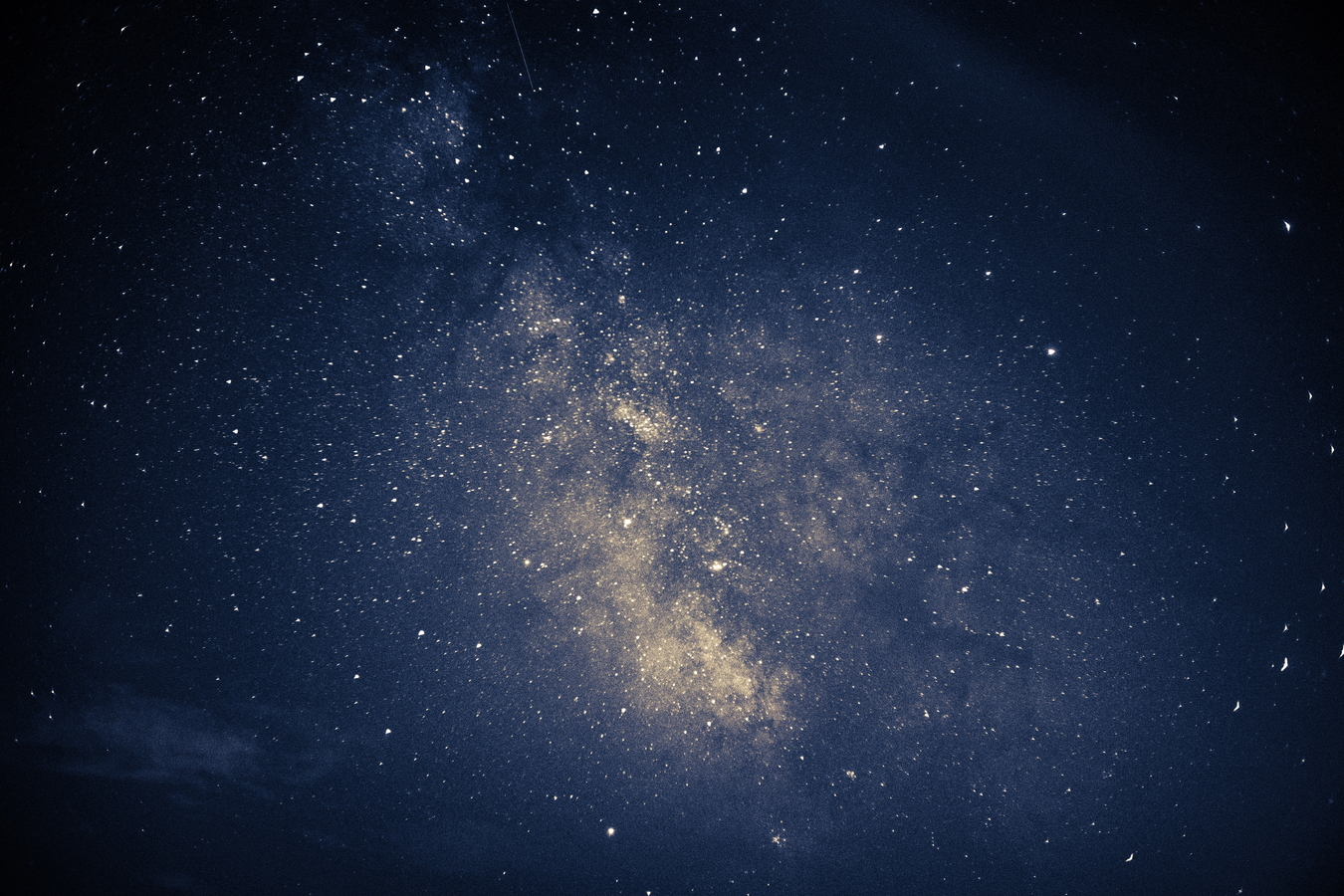Overview
One of the most puzzling discoveries of the decade is that substantial populations of massive galaxies ceased forming stars as early as two billion years after the Big Bang (i.e. by z = 3). These are likely some of the first galaxies in the Universe, yet we have failed to understand how they form and then quench so early on. In order to piece the evolutionary puzzle together, we must capture massive galaxies at all phases of their evolution, from gas-rich star formers to fully quiescent systems -- all at z > 3. Due to the rarity and diversity of the massive galaxy population at z > 3, such an endeavor requires a combination of wide-field observations from the UV to millimeter. In this talk, I will present new results using novel techniques with JWST and ALMA data to identify z > 3 massive dusty, star forming galaxies and their quiescent descendants. These samples will be pivotal in generating a robust census on the extremely rapid build up of massive galaxies in the first 2 Gyr of the cosmos, and I will tell you why.
